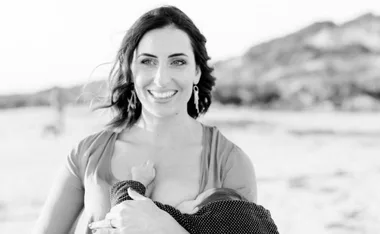Regular self-examination reduces your risk of many diseases. These 10 safe and painless health checks could save your life.
1.Know your breasts.Look at your breasts in the mirror and feel them with soapy hands while you’re in the shower. Check for changes at least once a month. For further information, visit The Cancer Council at www.cancer.org.au, or call 13 11 20.
2.Look in the loo.Constipation means dehydration or an inadequate fibre intake. Check for blood– it can signal bowel disease – and your urine colour: the darker it is, the more dehydrated you are. Drink at least 2 litres of water daily.
3.Bone up.A bone density test can assess your status, and taking calcium can help prevent or at least slow the progression of osteoporosis. For more information, visit Osteoporosis Australia at www.osteoporosis.org.au, or call 02 9518 8140.
4.Calculate your body mass index(BMI) by dividing your weight by your height in square metres. For example, if you’re 1.63m tall, multiply 1.63 by 1.63 to find the square of your height (it’s 2.66). Then – say you weigh 73 kg – divide 73 by 2.66, which gives you 27. If you score between 25 and 30, you need to lose weight.
5.Open your mouth.Inspect your mouth regularly: White or red patches or painless ulcers could mean oral cancer, and swollen, bleeding, or inflamed gums can be an early warning sign of gingivitis. Regular checks are best done by a dentist.
6.Take an eye testevery two years It isn’t just a sight check, it can also detect diabetes, thyroid disorders, glaucoma, and high blood pressure. For more information, contact Eye Health Australia at www.v2020australia.org, or call 03 9656 2020.
7.Fight smear fear.Women between 20 and 64 should have a Pap smear done every two years. If you’re overdue, make an appointment today. To find out more, visit www.cervicalscreen.health.gov.au, or call 02 6289 1555.
8.Check your pressure.High blood pressure increases your risk of heart disease and stroke. However, it can be controlled with medication and lifestyle changes, such as reducing salt and alcohol. Ask your GP to check your blood pressure regularly.
9.Look for unusual changes in your skin’s texture or colour, and see your GP immediately if a mole bleeds, itches, or becomes ragged at the edges, or any sore fails to heal. Wear a sunblock of SPF15+, and choose make-up that contains sunscreen.
10.Stay informed.Some research indicates there may be a link between high blood levels of homocysteine (an amino acid) and heart disease. Homocysteine levels are routinely tested in the US, though not here yet – ask your GP for an opinion.
Tell us what you think of this advice and post a comment below











